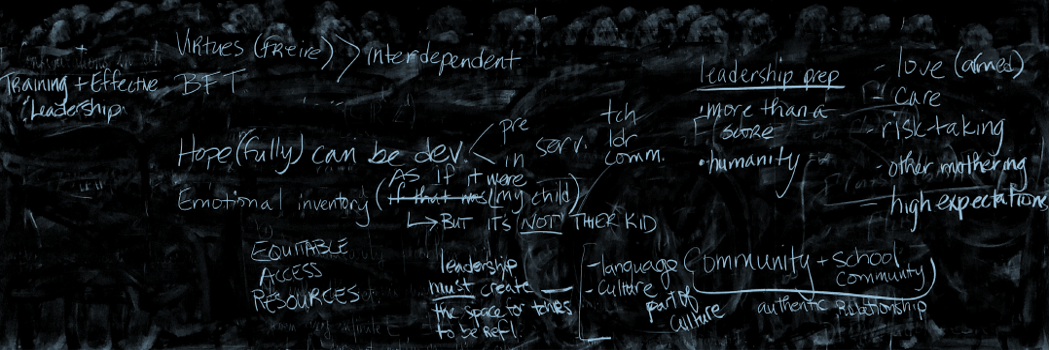Project Overview
The Education for Liberation Playlist is a lyrical and visual exploration of what education for liberation can look like, feel like, and sound like. Both a personal reflection and an invitation, the project uses song lyrics and collage to explore the ingredients of liberation and how they might manifest in various educational spaces. The goals of the project are to:
- Discuss what it means to be a liberated person along with what factors and experiences contribute to liberation
- Explore these concepts through song and visual arts, specifically the art of collage
- Invite others to engage with these concepts through reflection, discussion and art-making
The Process
Choosing the Ingredients
The initial list of ingredients came from personal reflection on how I defined liberation and what factors and experiences contributed to being a liberated person. These initial reflections were expanded through conversations with community members and reading the works of educators, researchers, and activists focused on issues like care, hope, justice, and liberation in educational spaces. I also found that as I went through the process of choosing songs, listening and creating collages, that additional ingredients emerged along the way. The creation process itself revealed new ideas and considerations.
Creating the Visuals
I began work on each ingredient with a vocalization and visualization exercise. I recorded myself speaking the ingredient over and over again, while imagining colors that I associated with the words. Using a soundwave app, these recordings were converted into the soundwaves that you see at the start of each ingredient. I then manipulated the shape, size and color of each one. To create the collages, I listened to each song multiple times for meaning, points of connection and to visualize. I built the visuals along the way, starting with the background and then layering with images, photos and finally a sample of the song lyrics.
The Components
The Playlist- the public Spotify playlist consists of 31 tracks reflecting the 9 ingredients explored in the project
The Flipbook– the flipbook serves a visual playlist and is composed of original collages for songs that were selected for each ingredient.
The Companion Guide– the companion guide provides discussion questions and activities to support engagement with the flipbook and the central questions of the project.
The Instagram Page- the IG page is an additional tool for public engagement. It serves as an additional space to view the collages and a space where folx can tag their own explorations and creations.
https://www.flipsnack.com/trenee/education-for-liberation-playlist.html


